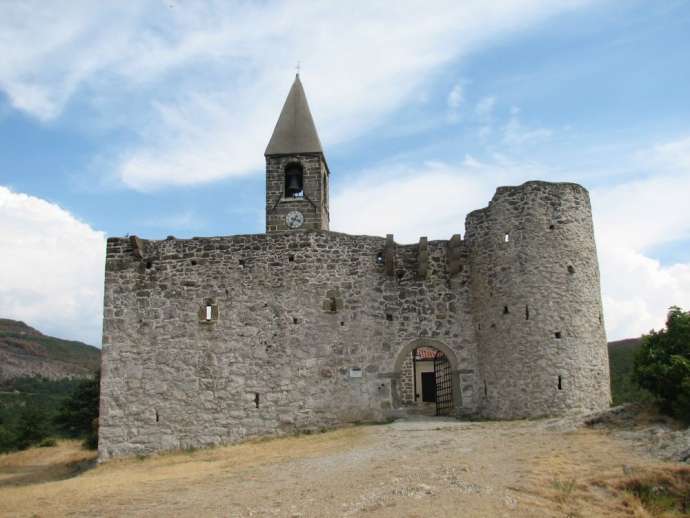June 25, 2019
In 1478 marauding Turkish akinji cavalry destroyed Slovenia’s first independent peasant territory, which was established after the first Slovenian peasant revolt in Carinthia several months earlier.
The revolting peasants of Carinthia managed to gain control over their farming territories for several months earlier that year, meaning they stopped paying duties to the landowning nobility of the Holy Roman Empire and transferred some of these taxes to their peasant association instead. During the revolt, the influential Simetinger farming family was chosen as its leadership, peasants established their own courts and claimed control over the church through public election of the priests.
The so-called simetingers also gained the full support of the miners and countryside artisans. Citizens of Beljak (GER: Villach) and glassworkers of Hüettenberg helped them buy military equipment.
On June 1st the Holy Roman Imperial army began preparations to subdue the rebelling peasants, however their counterattack was overtaken by the invasion of Turkish plundering cavalry on June 25, 1478.
The northward expansion of the Ottoman Empire started with the 1371 takeover of Macedonia, continued with the defeat of the Serbian army in Kosovo Polje in 1389, then with conquering Bulgaria in 1396, and following the fall of Constantinople in 1453 Turkish troops advanced northweast, reaching the borders of the Holy Roman Empire in 1469.
The nobility and clergy locked themselves into their castles while the Turks looted and killed across Carinthia. Turkish raids were conducted by akinji, irregular and unpaid Turkish troops whose main goal was partially gathering information but mostly to demoralize the locals by pillage and destruction. Because these raids became quite common, people started to build fortresses known as tabor. A tabor was usually a church built at the top of a steep hill surrounded by a wall. Some of these simple fortresses were later transformed into castles (such as Pobrežje by Kolpa). People also organised guards on the hillsides, who lit bonfires when Turks were approaching, thereby spreading word of the danger.
However, the rebel peasant army of about 500 people didn’t stand a chance against some 20,000 akinji troops in 1478. After slaying the rebelling peasants, the Turks proceeded to loot across Upper Carinthia. After the withdrawal of the Turkish troops the authorities under the Holy Roman Empire put the remainder of the peasant rebel on trial and sentenced them to death for treason.






